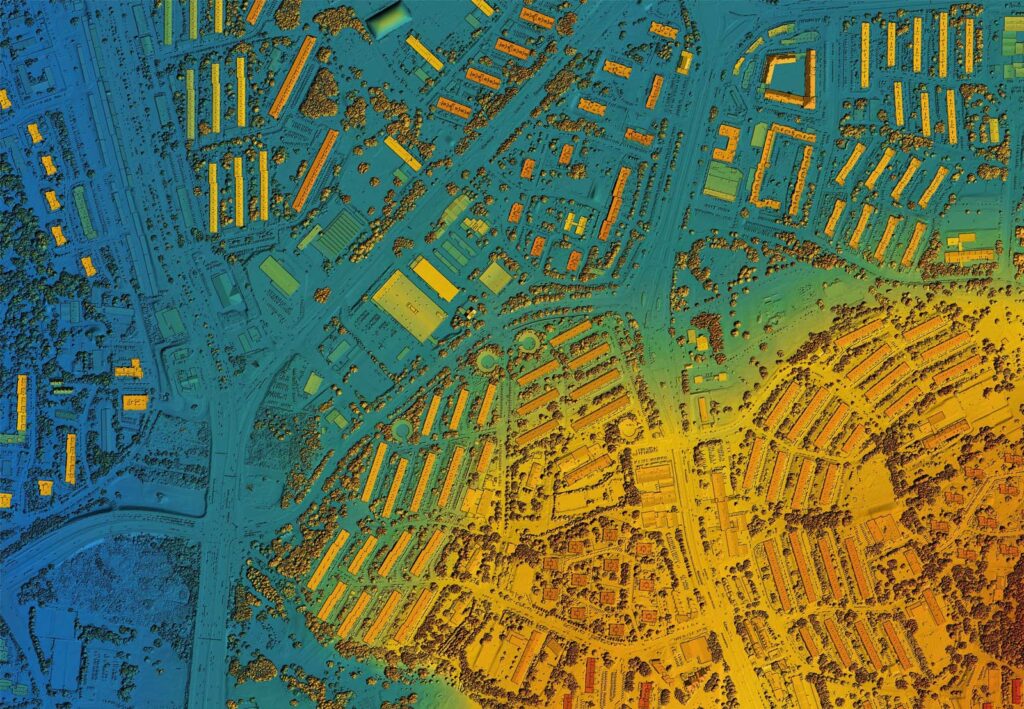
LiDAR
In the realm of life science and health technology, precision and accuracy are paramount. Innovations that enhance our ability to understand biological systems, diagnose diseases, and develop treatments can significantly impact healthcare outcomes. One such groundbreaking technology making waves in this domain is LiDAR (Light Detection and Ranging). Originally developed for remote sensing applications, LiDAR has found diverse applications in the life sciences, offering novel solutions for various challenges in research, diagnostics, and treatment.
Understanding LiDAR Technology
LiDAR operates on the principle of emitting laser pulses and measuring the time it takes for these pulses to return after reflecting off surfaces. By calculating the distance between the source and the target, LiDAR generates highly accurate three-dimensional maps of its surroundings. Initially used in geographical surveys and self-driving cars for obstacle detection, LiDAR has evolved to serve a multitude of purposes, including those in the life sciences.
Applications of LiDAR
In life science research, understanding the structure and behavior of biological entities at various scales is fundamental. LiDAR offers unique advantages in this regard:

Medical Imaging
While not as common as in other applications, LiDAR technology can be adapted for medical imaging purposes. For example, it could be utilized for precise 3D imaging of organs or tissues in diagnostic procedures or surgical planning, offering enhanced visualization and accuracy.

Environmental Monitoring
LiDAR's remarkable ability to map terrain and vegetation finds diverse applications in studying ecosystems and habitats. Researchers adeptly leverage LiDAR data to monitor changes in biodiversity, track animal movements with precision, and assess environmental factors influencing health outcomes.

Epidemiological Research
LiDAR efficiently analyzes terrain, vegetation, and settlement for disease spread, like malaria or Lyme disease, aiding precise interventions. Understanding spatial disease distribution and environmental factors significantly contributes to public health.
